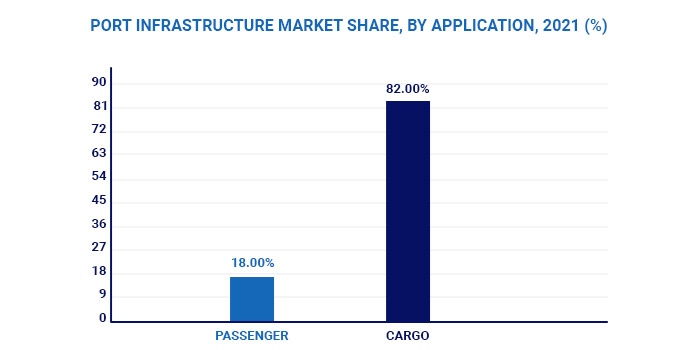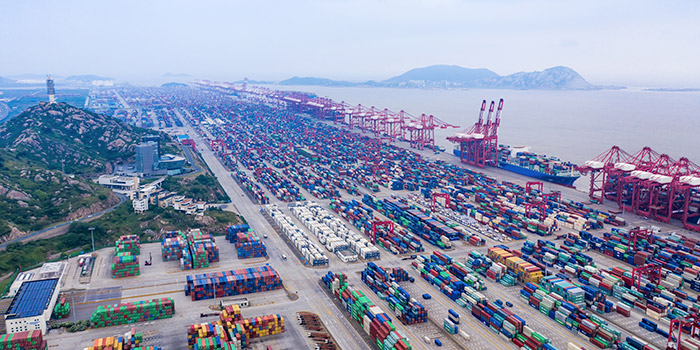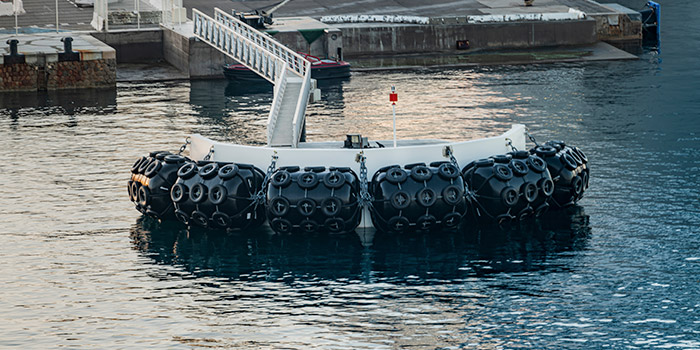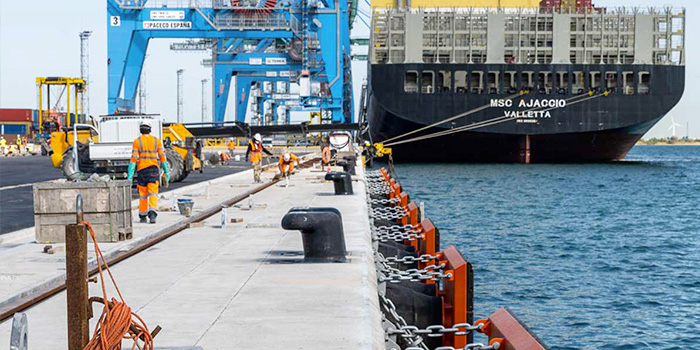
Port infrastructure is a crucial element in the maritime sector. As global trade continues to expand, port infrastructure development plays a pivotal role in facilitating the efficient movement of goods and bolstering economic growth. In recent years, various trends have emerged to address the evolving demands of the shipping industry, environmental concerns, and advancements in technology.

This article will delve into the most prominent trends shaping the future of port infrastructure, including automation, sustainability, connectivity, and innovative solutions for port systems. Understanding these trends is vital for port authorities, terminal operators, and stakeholders in the maritime sector as they plan and invest in modern, resilient, and efficient port facilities.
For coastal nations, onshore infrastructure represents approximately 40% of anticipated transportation expenses.
Moreover, a 10% improvement in a destination country’s port infrastructure can reduce transport costs by 1.4%, while an increase of one standard deviation in port infrastructure can lower freight rates by $225. It’s worth noting that the infrastructure of exporting countries has a more significant impact on transport costs than that of importing nations.
Many ports are adopting advanced technologies to automate processes, such as terminal operations, cargo handling, and transportation, resulting in increased efficiency and reduced human error. They are also implementing advanced technologies, such as the Internet of Things (IoT), Artificial Intelligence (AI), and blockchain, to enhance port operations, improve data management, and ensure greater security.
Port community systems (PCS) is part of this digitalisation effort as well. Ports are increasingly adopting PCS, which are centralized digital platforms that enable all stakeholders in the port ecosystem (such as port authorities, terminal operators, shipping lines, and customs) to exchange information efficiently and securely. This results in streamlined processes, reduced paperwork, and enhanced collaboration among port community members.

Ports are increasingly focused on reducing their environmental impact. By prioritizing sustainable solutions, ports are not only addressing pressing ecological challenges but also enhancing operational efficiency. This reflects a growing recognition of the need for responsible stewardship in the maritime sector, ultimately benefiting the environment, global trade, and local communities.
Examples of sustainable port development are:
Besides that, ports are focusing on infrastructure development that can withstand extreme weather events, rising sea levels, and other consequences of climate change to ensure continuous operations.
As global trade continues to grow, ports are upgrading their infrastructure to accommodate larger vessels and increasing cargo volumes, necessitating deeper channels, larger cranes, and expanded terminal areas.
Enhanced materials are also protagonists in this effort, since there is a growing demand for more durable and efficient fender systems. New materials, such as ultra-high molecular weight polyethylene (UHMWPE) and advanced rubber compounds, are being used to improve the performance and lifespan of fenders. Additionally, innovative fender designs, such as cone and leg fenders, are being implemented to optimize energy absorption and reduce reaction forces.
Ports and terminal operators are increasingly seeking customized port systems that cater to their specific requirements, considering factors like vessel types, berthing conditions, and environmental factors. Customized solutions relate to:


Bollards are an important safety feature in ports, as they are used to secure ships to the dock or berth. High quality bollards for ports should possess several key characteristics, including:
Last but not least, ports are adopting advanced monitoring technologies to better assess the condition and performance of their systems. For example, these technologies can measure fender compression, friction, and energy absorption, allowing for more informed maintenance decisions and timely replacements. Additionally, ports are implementing predictive maintenance strategies to optimize performance and reduce the risk of unexpected material failures.
With a keen focus on innovation and quality, Katradis enables ports, terminals, and marinas to embrace the future of the maritime industry. Our cutting-edge solutions are forged with advanced materials catering to the growing demands for sustainability, efficiency, and safety (read more at our MEG4 article) in port operations.
By choosing Katradis products, maritime facilities are not only investing in state-of-the-art equipment but also contributing to the long-term viability and competitiveness of their operations in an ever-evolving global market.
Do you want a custom solution for your terminal?
Follow us on Facebook, Instagram and Linkedin. Keep in touch with us to discover the best and safest solutions for your crew, ship and marine operations.
Do you want to know the latest trends and best practices of your industry?